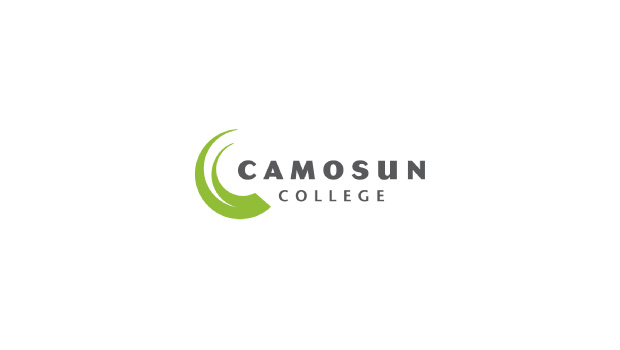
Energy Storage: A Piece of Cake? | Energy In A Flash
Work from the Buriak lab with a with a delicious analogy can be watched here https://youtu.be/hYm54H3BMzg. For more work see https://spaces.facsci.ualberta.ca/buriak/.
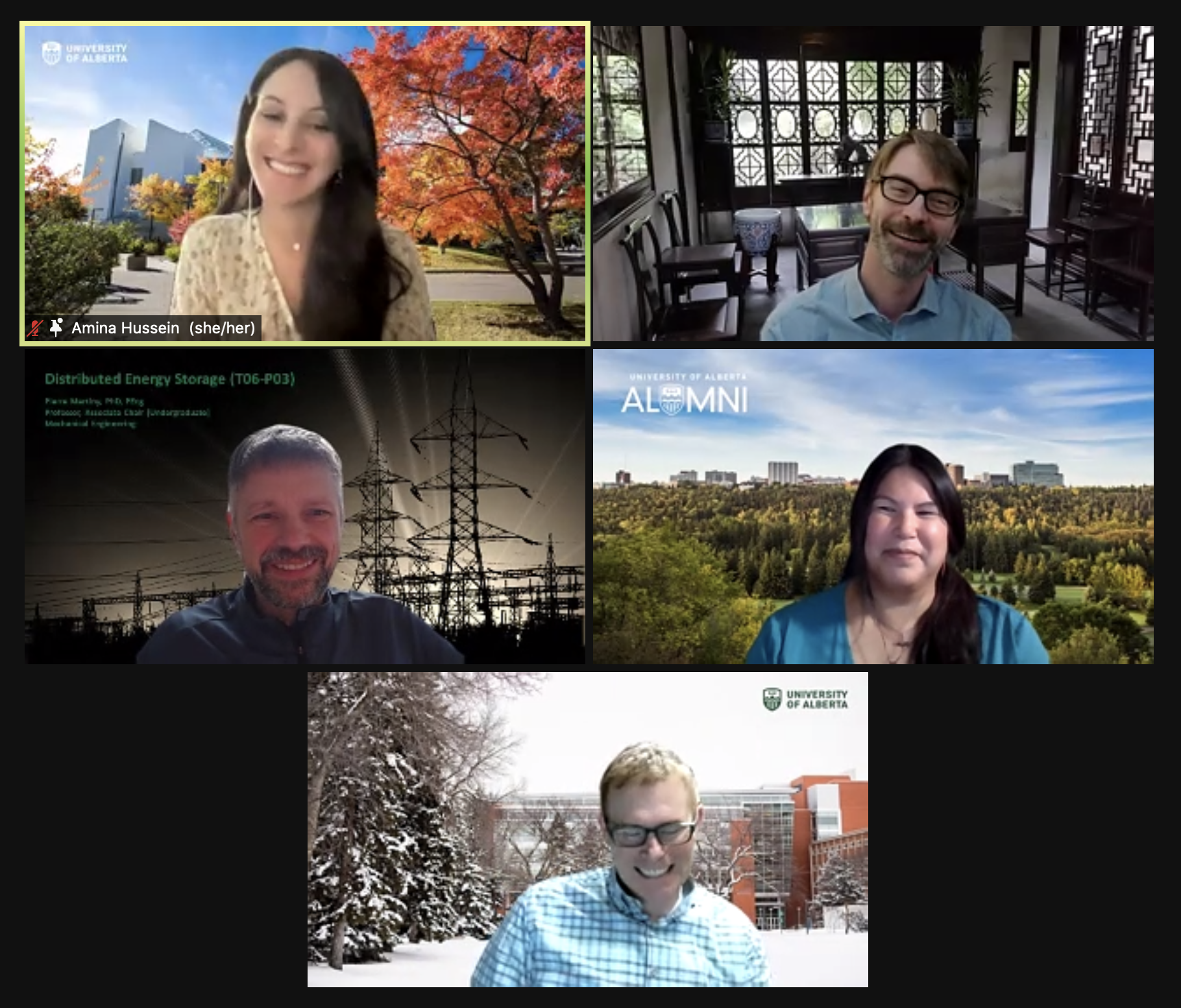
Introduction to energy systems: What is an “energy system”, anyway?
Why do we need to talk about systems? In this session, we will discuss the basics of how to understand and analyze a system, what, specifically, an energy system is, and why energy systems are important in society. Energy system components will be introduced, as well as jurisdictional commonalities and differences. Video can be watched here https://youtu.be/UPA0KxJ7hSM.
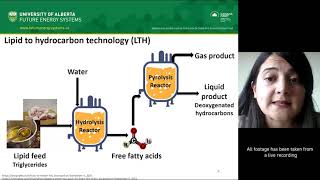
Production of Renewable Jet-Fuels | Energy In A Flash
According to the International Renewable Energy Agency, if the aviation sector were a
country, it would be the eight largest emitter of greenhouse gases globally. Thus, lowering
the greenhouse gas emissions of the aviation sector has become an important factor to
mitigate the effects of climate change. Lipid to hydrocarbon technology (LTH) is a novel technology that can convert a variety of lipid feedstocks into various chemicals and solvents, as well as gasoline and diesel fuels. LTH can be used to convert waste oils and fats to renewable biojet fuels that can be used as an alternative to the current fossil-based fuels. But there is still much work needed to be done to produce the biojet fuel for commercial purposes in a cost-effective manner. The aim of this project is to scale up the biojet production technology from lab-scale to bench-scale in a 1-liter reactor using light reactive gases in order to produce renewable biojet fuel with qualities similar to fossil-based fuels.
You can watch this talk here https://youtu.be/x0y_hr_fDMs.

Build a Zip Line Activity (Ages 7-12)
While most zip lines are now used for entertainment, they were created to transport people, carry supplies across rugged terrains, and for biologists to research rainforests without disturbing animal habitats. In this session, we will be making zip lines to transport small objects across a room! Learn about physics, friction, and the safety engineering behind these fast contraptions.

Build a Zip Line Activity (Ages 11-16)
While most zip lines are now used for entertainment, they were created to transport people, carry supplies across rugged terrains, and for biologists to research rainforests without disturbing animal habitats. In this session, we will be making zip lines to transport small objects across a room! Learn about physics, friction, and the safety engineering behind these fast contraptions.
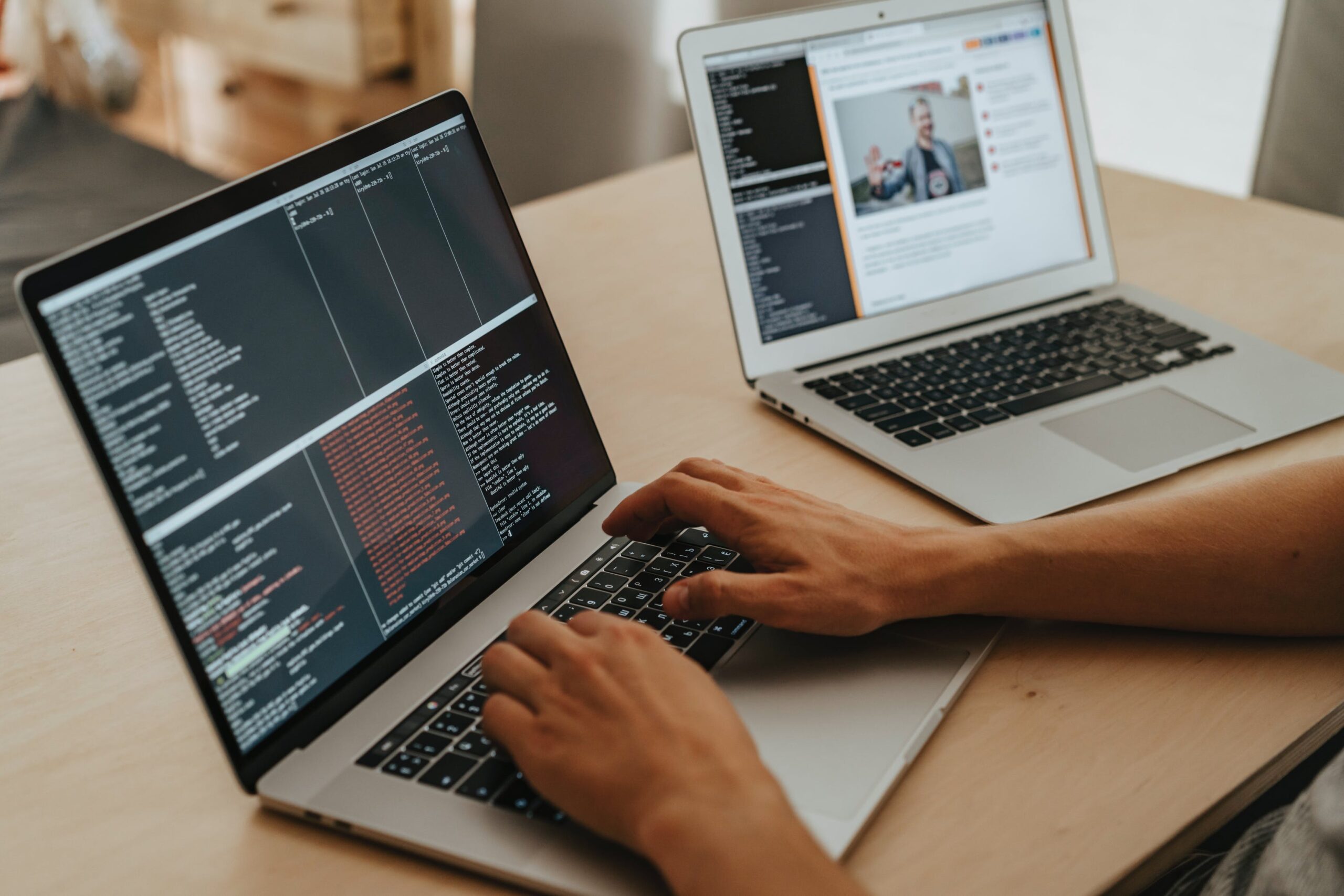
Online Coding Workshop
Join Epicodus for a free online Introduction to Programming Workshop. You'll have the opportunity to learn about Git, HTML and CSS as well as basic front-end development, JavaScript and jQuery.
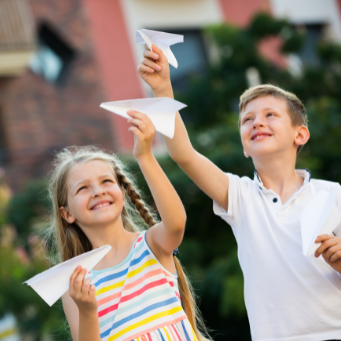
STEM Storytime – Airplanes
Join Let's Talk Science Outreach to read Andrea Beaty's book, "Rosie Revere, Engineer" and complete a hands-on science activity about flight!
In this activity, students will learn about how airplanes fly and then create their own paper airplane using everyday household items.
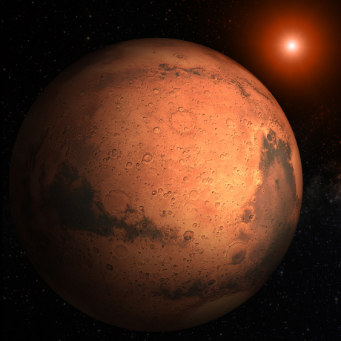
Let’s Talk Mars Symposium
Join Let's Talk Science to learn about the conditions of Mars, space exploration, and try your hand at spacecraft engineering with materials around your home.
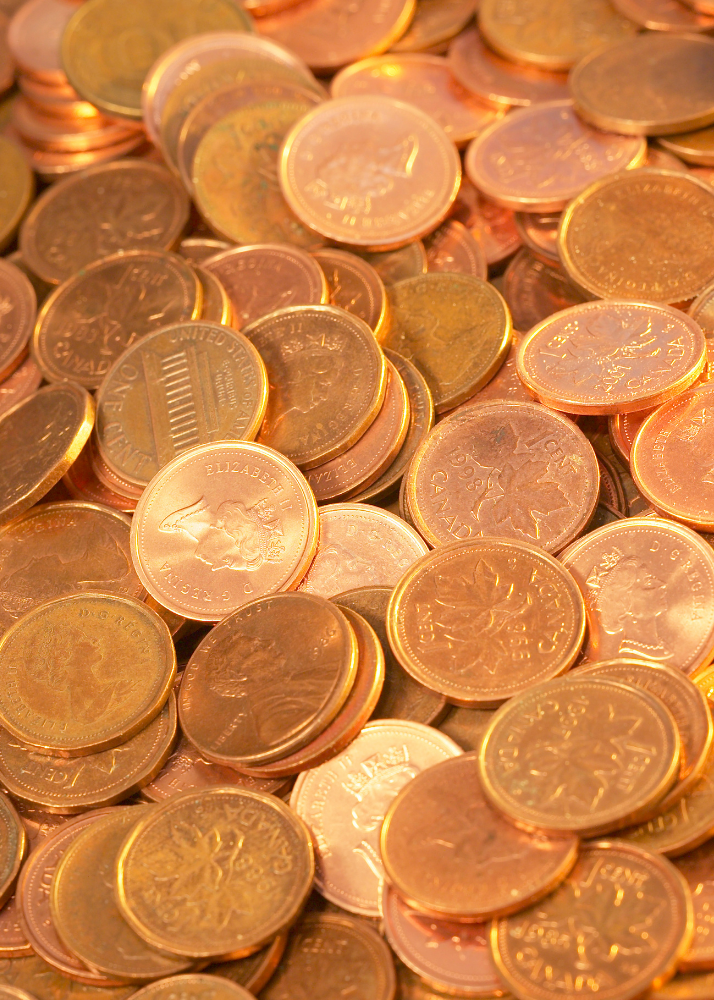
Cleaning Copper and Rusting Nails Activity (Ages 7-12)
Have you ever seen an old rusty car outside? Rust comes from a chemical reaction called oxidation, caused by air and water exposure. It’s the same reaction that makes coins dull over time. Grab your old pennies and nails because we will be cleaning copper and rusting nails while we learn about two opposite chemical reactions: oxidation and reduction.
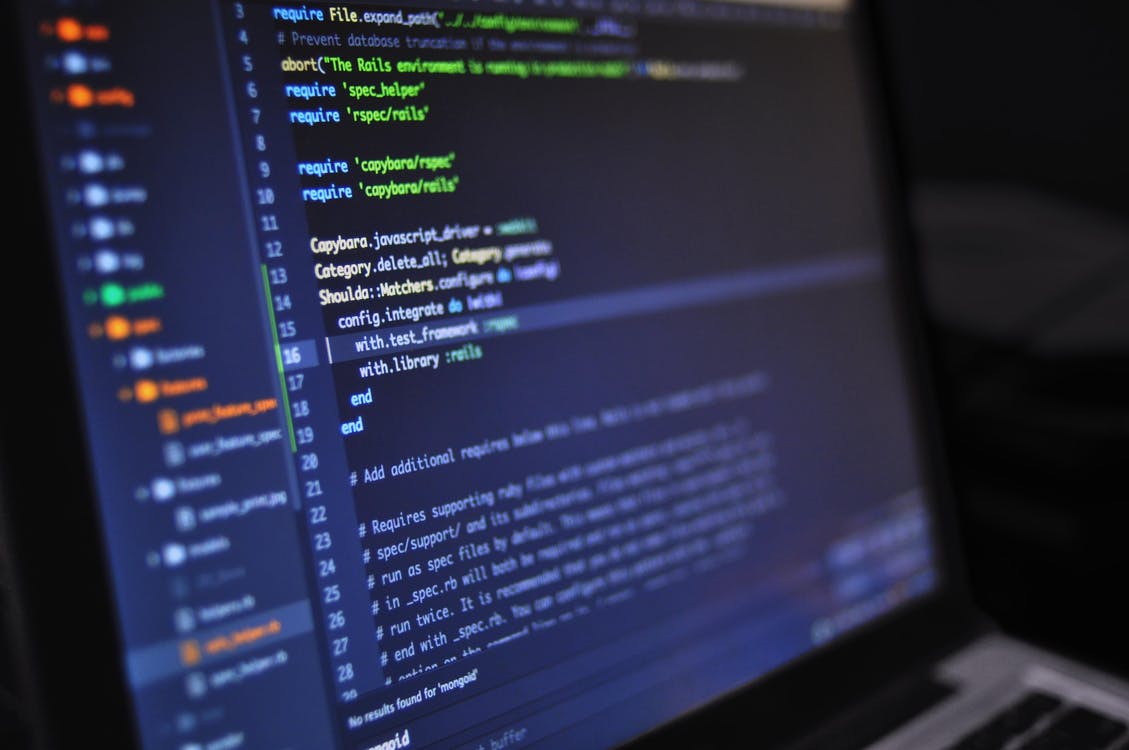
StarHacks II: All-female and Nonbinary Virtual and Global Hackathon
StarHacks is a free, beginner-focused, all-inclusive all-female and nonbinary high school and collegiate global and virtual hackathon, here to break the mold of what a person in tech looks like one hackathon at a time.

Cleaning Copper and Rusting Nails Activity (Ages 11-16)
Have you ever seen an old rusty car outside? Rust comes from a chemical reaction called oxidation, caused by air and water exposure. It’s the same reaction that makes coins dull over time. Grab your old pennies and nails because we will be cleaning copper and rusting nails while we learn about two opposite chemical reactions: oxidation and reduction.
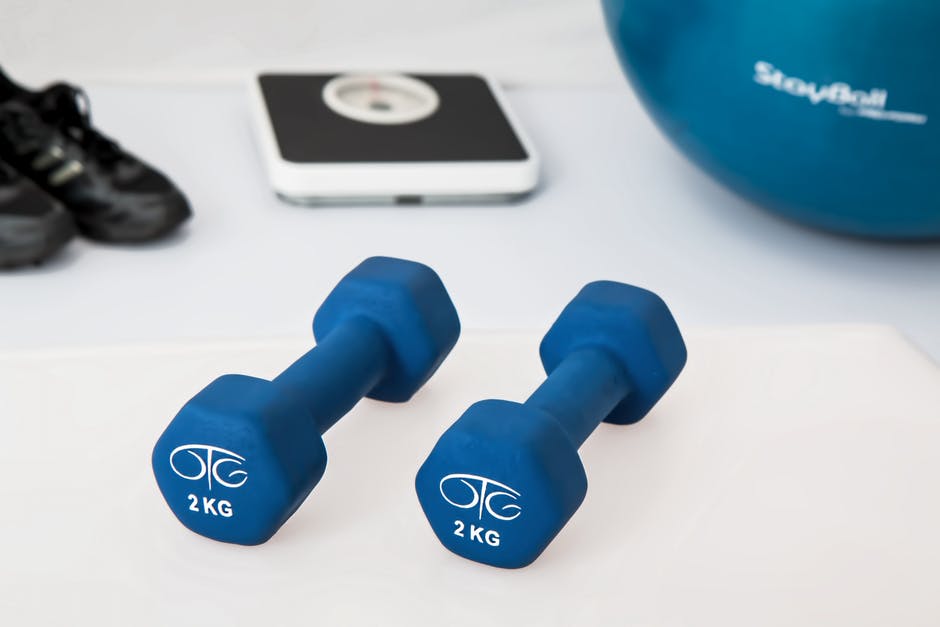
New Year, New You: Let’s Get Physical!
join RCIScience for a look at the science behind exercise. Why does exercise support our physical and mental health? How does it help reduce signs of aging? And how do we build and maintain healthy habits that last throughout the year? Get your questions ready for our panelists as we get physical!

Workshop for Homeschoolers: Right Whale Journey Through Time
Ocean Science meets Computer Science as participants will travel through the Right Whale's history on our Scratch programming-based time-machine adventure! To register, email bookings@superstaff.ca.
Materials required: Chromebook or laptop using Scratch (online)

STEM Storytime – Constellations
Join Let's Talk Science Outreach to read H.A. Rey's book, "Curious George Discovers The Stars" and complete a hands-on science activity about constellations!
In this activity, students will learn about stars and constellations and create their own constellation viewer using everyday household items.

Black Youth STEM Club
This STEM program has been developed by Black STEM Students to provide Black youth with role models and a safe space to explore STEM and develop skills critical for the future. This program is offered at no cost to families with the generous support of Actua and the Government of Canada’s CanCode program.

Indigenous Youth STEM Club
Guided by Indigenous STEM students, the STEM Clubs are grounded in Indigenous land-based learning, demonstrating the intersections between Indigenous knowledge, STEM, and engineering design to Indigenous youth from Grades 1 to 8. We aim to renew students’ pride with their Indigenous identity and increase their confidence in the pursuit of STEM careers and education.
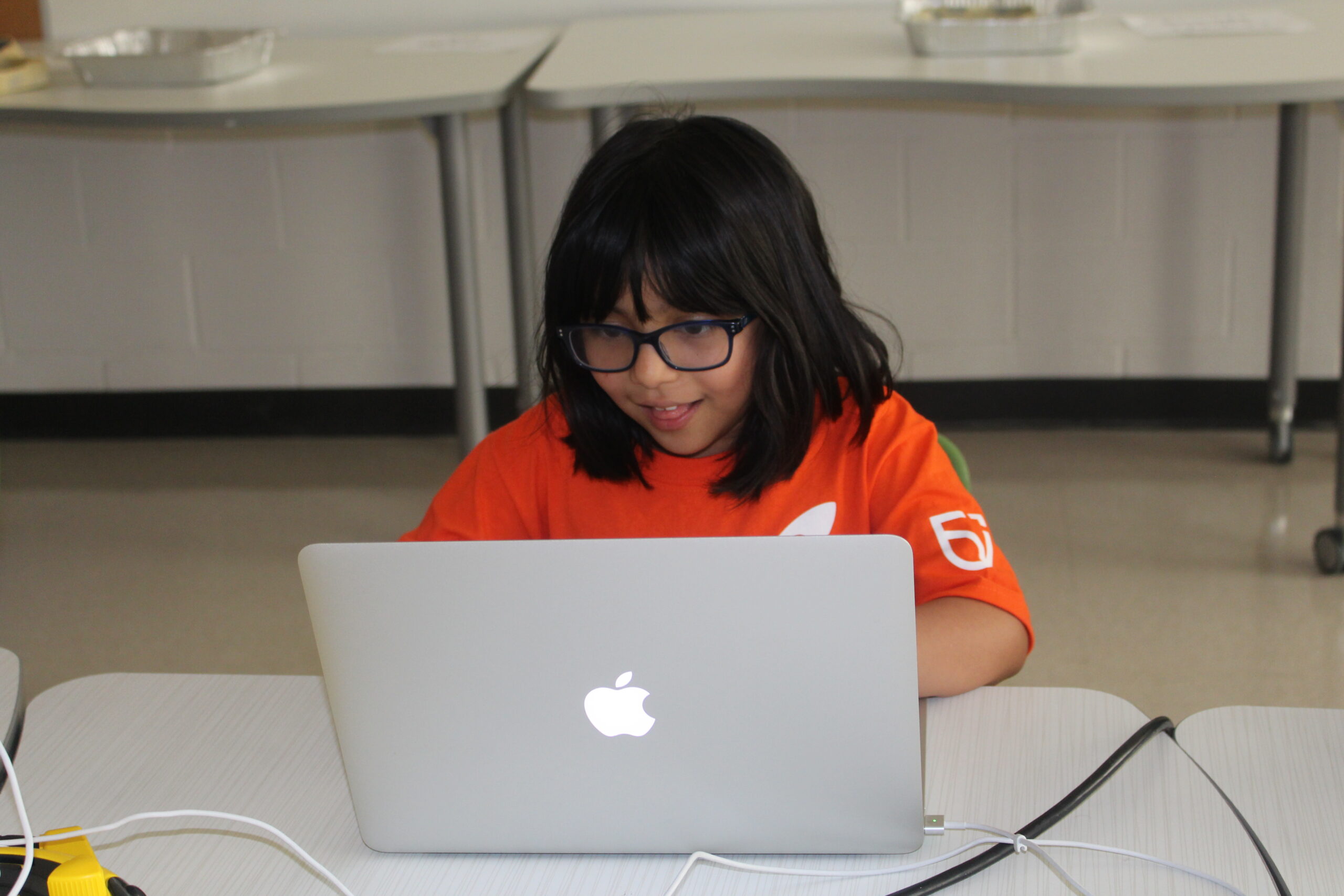
Engineering and Technology: Past, Present, and Future (Grades 1-4)
This club will journey through how various STEM fields evolved as students learn the origins of scientific discoveries, technological breakthroughs, and engineered inventions that have significantly impacted our society. As students make their voyage through a sea of design challenges and apply the engineering design process, they will speculate what the future holds for these technologies and inventions, and be able to apply them into their daily lives.
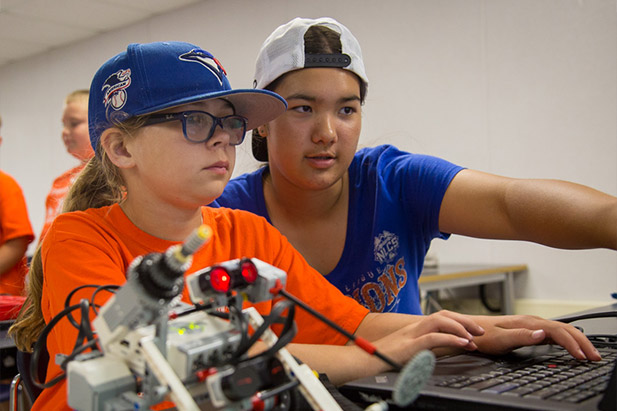
Automotive Engineering: Design, Build, and Race (Grades 5-8)
This club will navigate through the design and manufacturing of automobiles. From engines to wheels, students will understand how various automotive components are built and innovated to develop alternative vehicle technologies to propel the future of our world. As students dive deeper into the automotive industry, they will have an opportunity to design their own automobile, applying the engineering design process and their knowledge to the test. On Your Marks, Get Set, Go !
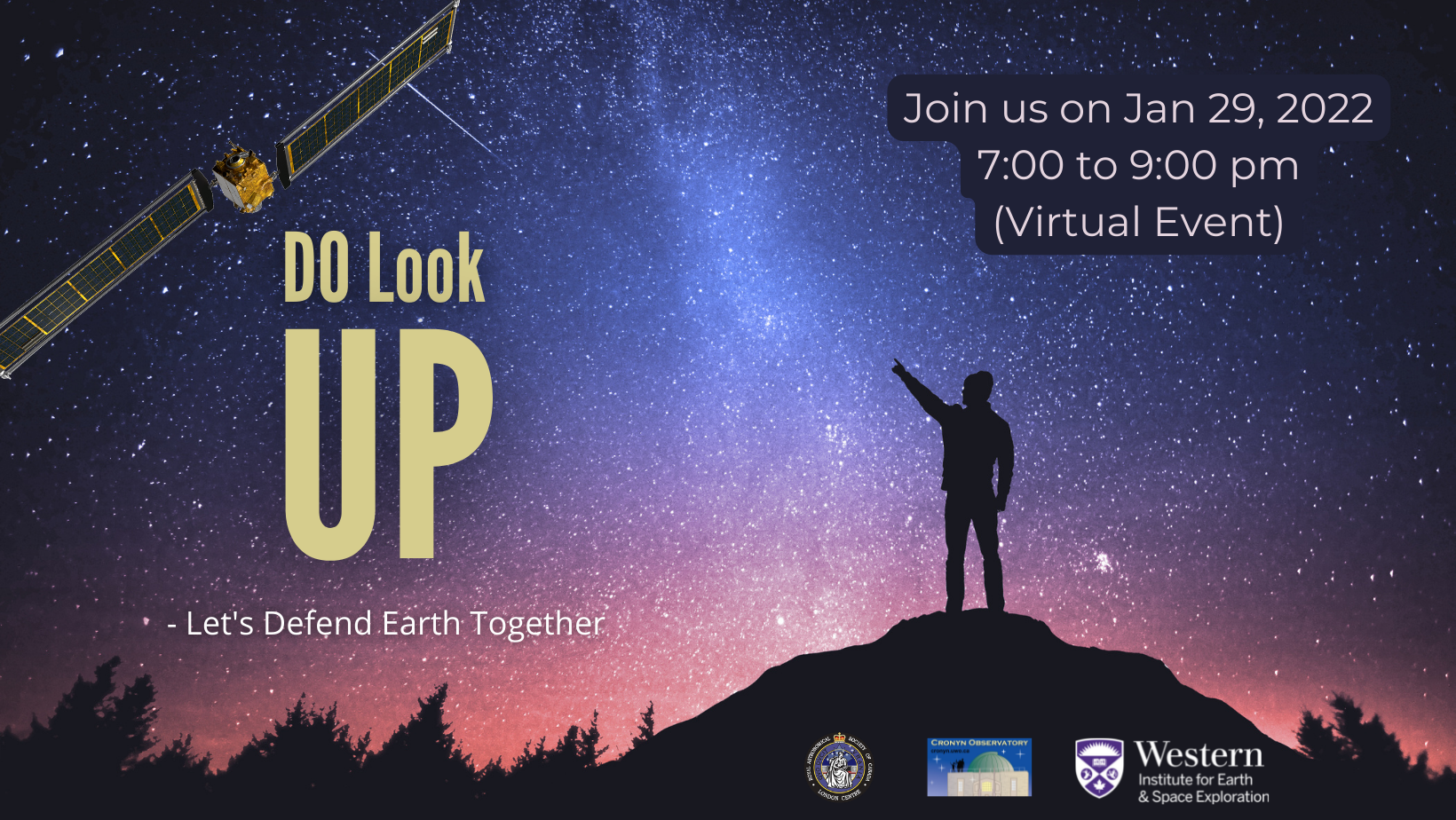
DO Look Up
The recent popular Movie “Don’t Look up” has left many of us wonder what would happen if someday we do find a threatening asteroid/comet heading towards us. Are we prepared? Are we capable of defending Earth? What would we do?
Rest assured: we are already working on it. Last year NASA launched the DART (Double Asteroid Redirection Earth) mission which is going to test our technologies to see how efficiently can we deflect/redirect asteroids as part of Planetary Defense initiatives.
Do you want to know how DART will change the orbit of an asteroid? Find out more about the threat of asteroids and other Planetary Defense initiatives? Great - you'll hear all about it from the experts during our next Virtual Public Night on January 29, 2022 themed "DO Look Up!".
We will be joined by some of the leading experts on the DART mission from NASA, the Planetary Defense Coordination office and the Johns Hopkins Applied Physics lab and hear in great detail how it is designed, how it will deflect the asteroid, and what we will learn from the mission. Our local experts will weigh in on the threats of impacts, and we will also hear the story of the Dresden meteorite that has a clear and direct link to our Observatory's history.
You can join us over Zoom or enjoy the live stream on our Facebook page. We’re excited and hope you'll join us for this impactful event!

STEM Storytime – Fingerprinting
Join Let's Talk Science Outreach to read Brian Rock's book, "The Deductive Detective" and complete a hands-on science activity about fingerprinting!
In this activity, students will learn about the different types of fingerprint patterns. Using everyday household items, they will take their own fingerprints and identify their own patterns.


















